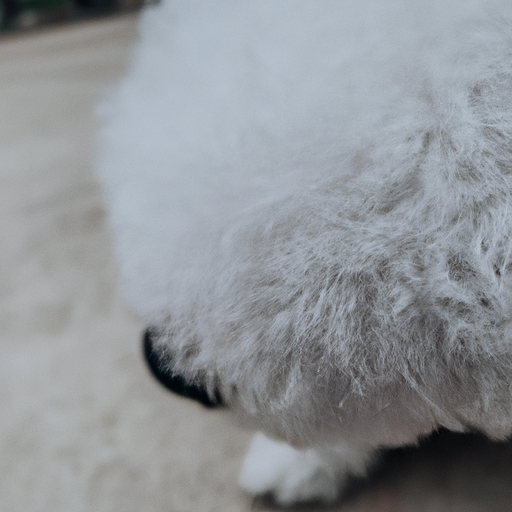As an animal caregiver, you may find yourself asking, “Which dogs have hair, not fur?” Perhaps you’re seeking a hypoallergenic breed or simply want to understand the difference. Either way, this guide is designed just for you.
1. Understanding the Difference Between Hair and Fur
Before we delve into the specific breeds that have hair instead of fur, let’s first clarify the difference between the two.
Hair vs. Fur
-
Hair is a long, continuous growth that tends to be thin and soft. It grows at a slow pace and will continue to grow until it is cut. Hair tends to shed less frequently than fur.
-
Fur, on the other hand, is short and thick. It grows quickly to a fixed length and then falls out, a process known as shedding. Fur is designed to keep animals warm, which is why fur-covered breeds tend to shed more in the warmer months.
While the primary difference between hair and fur is the cycle of growth and shedding, it’s important to note that all dogs shed to some degree, even those with hair.
2. Breeds with Hair
Now that you understand the difference between hair and fur, let’s look at some breeds that are known for their hair. Here are five popular breeds:
-
Yorkshire Terrier: Known for their long, silky hair, Yorkshire Terriers require regular grooming to keep their coats in top condition.
-
Maltese: Maltese dogs have a beautiful, hair-covered coat that’s typically kept long and requires frequent brushing.
-
Shih Tzu: Shih Tzus are loved for their long, flowing hair, which often requires professional grooming.
-
Poodle: Poodles have a unique, curly hair that’s low-shedding and hypoallergenic, making this breed a popular choice for individuals with allergies.
-
Bichon Frise: With their fluffy, hair-covered coats, Bichon Frises require regular grooming to prevent matting.
| Breed | Hair Type | Grooming Requirement |
|---|---|---|
| Yorkshire Terrier | Long, Silky | High |
| Maltese | Long, Soft | High |
| Shih Tzu | Long, Flowing | High |
| Poodle | Curly, Dense | Medium |
| Bichon Frise | Fluffy, Dense | High |
3. Hypoallergenic Breeds
If you’re specifically seeking a hypoallergenic breed, you’re in luck. Most dogs with hair are hypoallergenic, which means they’re less likely to trigger allergic reactions. This is because their hair, much like human hair, grows continuously with less shedding, reducing the spread of dander.
Here are five hypoallergenic breeds with hair:
- Yorkshire Terrier
- Maltese
- Shih Tzu
- Poodle
- Bichon Frise
4. Grooming Dogs with Hair
Grooming dogs with hair requires more effort than grooming those with fur. Here are some steps you need to follow:
-
Brush Regularly: Brush your dog’s hair every day to prevent tangles and matting.
-
Bathe Frequently: Hair breeds require regular bathing to keep their hair clean and shiny.
-
Trim Regularly: Since hair grows continuously, hair breeds need regular trims to keep their hair manageable.
-
Professional Grooming: Consider professional grooming services for hair breeds, especially those with long hair that requires specific cuts.
5. The Hair vs Fur Debate
The hair vs fur debate is ongoing in the dog-owner community. Many argue that the difference is negligible and that all dogs have fur. However, it cannot be denied that there’s a marked difference in growth patterns, shedding, and grooming needs between hair and fur breeds.
FAQ
Q: Are all hair breeds hypoallergenic?
A: Most hair breeds are considered hypoallergenic, but no breed is 100% hypoallergenic. Always spend time with a breed before adopting if you have allergies.
Q: Do hair breeds shed less?
A: Yes, hair breeds tend to shed less than fur breeds due to their continuous growth cycle.
Q: Do hair breeds require more grooming?
A: Yes, hair breeds typically require more grooming than fur breeds, including regular brushing and frequent trimming.
Q: Are hair breeds better for people with allergies?
A: Generally, hair breeds are better for people with allergies as they shed less dander. However, individual reactions can vary.
Remember, whether a dog has hair or fur, they all deserve love, care, and a good home. As a caregiver, your focus should be on providing the best possible care to your furry (or hairy) friend.



